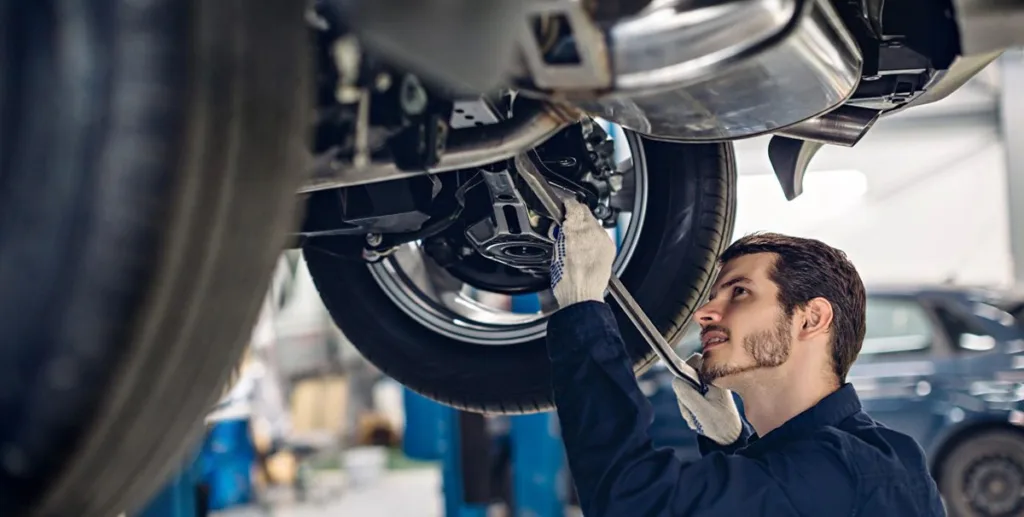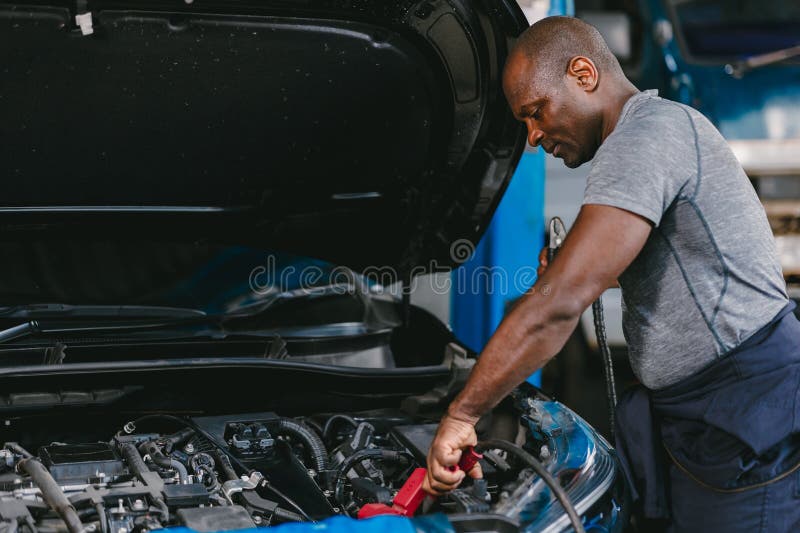All Categories
Featured

The check engine light (CEL) is one of one of the most important caution systems in your automobile, yet it often triggers confusion or fret for many drivers. Understanding what this light stands for and exactly how to manage it can conserve you time, money, and unneeded tension. This overview provides a summary of what triggers the CEL, its potential effects, and the steps you need to take when it lights up.
What Does the Check Engine Light Indicate? The CEL is component of your cars and truck's onboard diagnostics system (OBD), which keeps track of engine efficiency and emissions. When the system discovers an issue that needs your focus., it lights up.
Strong Light: Signals a non-urgent problem yet one that must be addressed quickly, such as a sensing unit malfunction or emissions-related concern. Blinking Light: Shows a critical issue like an engine misfire. Driving in this problem can trigger severe damages, so prompt action is essential. Usual Sources Of the Examine Engine Light. The CEL can light up for a wide variety of reasons, some minor and others much more serious. Below are some of one of the most frequent reasons:

Loose or Damaged Gas Cap:
A loosened gas cap can compromise the fuel system, activating the CEL. Checking and tightening the cap is a very easy initial step when the light comes on. Faulty Oxygen Sensing Unit:
This sensing unit keeps track of the air-to-fuel ratio in your engine. A malfunction can reduce fuel performance and increase exhausts. Malfunctioning Catalytic Converter:
The catalytic converter helps in reducing dangerous exhaust discharges. Overlooking various other engine problems, like misfires, can result in catalytic converter damage. Ignition System or Ignition Coil Concerns:
These parts are important for beginning and running your engine efficiently. Normal maintenance can prevent wear and failing. Mass Air Movement Sensing Unit Issues:
This sensing unit measures the amount of air going into the engine to ensure optimal performance. A unclean or faulty sensing unit can decrease performance and power. Actions to Take When the Examine Engine Light Begins. Check the Gas Cap:
Tighten up the cap and see if the light switches off after driving a couple of miles. Observe the Automobile's Behavior:
Keep in mind any unusual symptoms like harsh idling, lowered power, or unusual noises. Scan the Codes:
Utilize an OBD-II scanner to get difficulty codes kept in your car's computer system. Numerous car components stores provide this solution free of charge. Check Out a Technician:

If the light stays on or is flashing, take your automobile to a professional for an in-depth diagnosis. Protecting Against Examine Engine Light Issues. Positive upkeep is the very best way to stay clear of CEL problems. Comply with these pointers:
Stay With a Normal Upkeep Arrange: Adjustment your oil, replace filters, and check ignition system in a timely manner. Evaluate the Gas Cap: Change damaged caps to protect against leaks in the fuel system. Usage Top Quality Fuel: Poor-quality fuel can add to sensor and discharges concerns. Why Prompt Action Matters. Disregarding the CEL can cause much more severe troubles, such as engine damage or pricey fixings. If neglected., a little problem like a loose gas cap can snowball right into a major cost.
Final thought. The check engine light is a vital device for maintaining your car's health and wellness. By recognizing its purpose and responding promptly, you can prevent unneeded repair work and maintain your car running smoothly. The next time the CEL comes on, bear in mind to remain tranquil, check the basics, and seek advice from an expert if needed.
Latest Posts
Protect Your Home with Top Quality Residential Roofing
Published en
1 min read
Don’t Miss Special Auto Repair Offers in Chicago at Montclare Auto Repair
Published en
1 min read
Find Brake Repair & More: Comprehensive Services Guide from Montclare Auto Repair
Published en
1 min read
More
Latest Posts
Protect Your Home with Top Quality Residential Roofing
Published May 23, 25
1 min read
Don’t Miss Special Auto Repair Offers in Chicago at Montclare Auto Repair
Published May 23, 25
1 min read
Find Brake Repair & More: Comprehensive Services Guide from Montclare Auto Repair
Published May 22, 25
1 min read